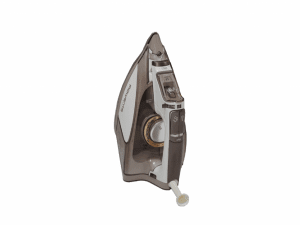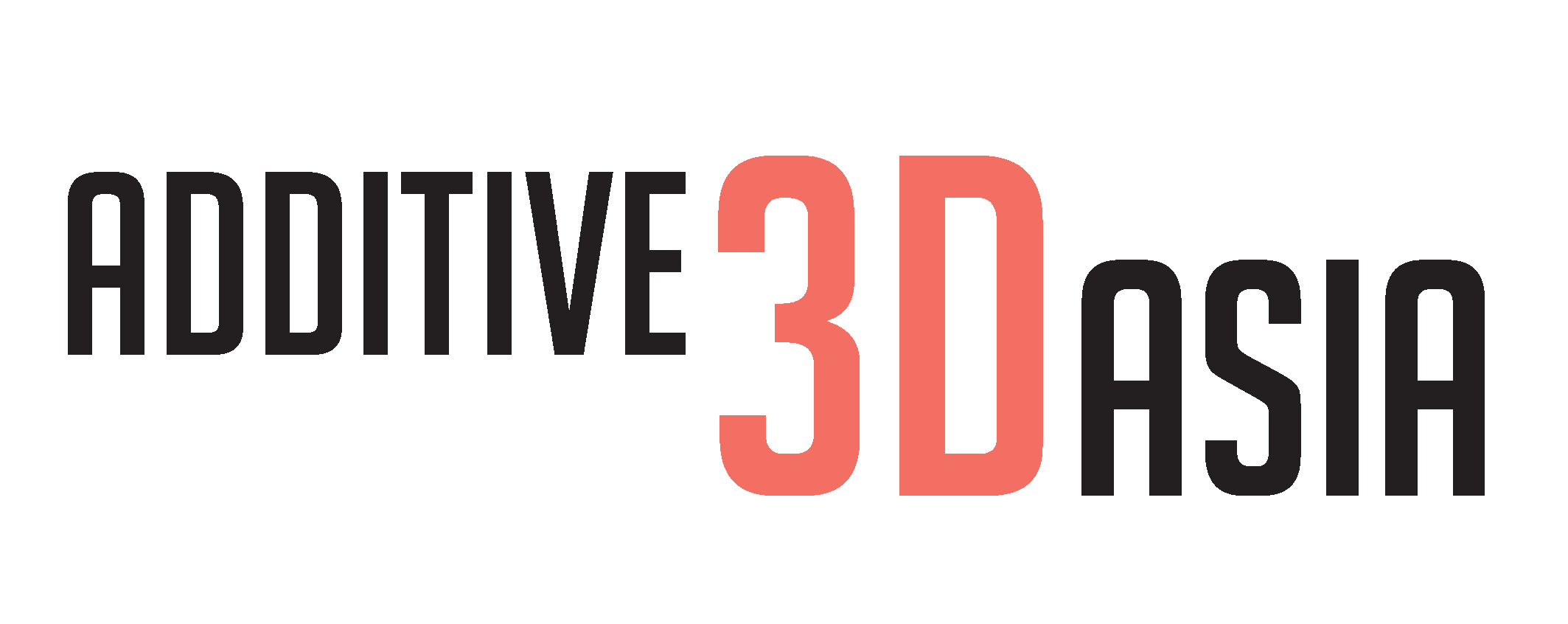3D Printing for Consumer Products
How to Achieve Excellence in Product Design with 3D Printing
Importance of Product Design
Great consumer products today are defined by great design – consumers these days expect the product they buy to not only look good, but also express who they are. McKinsey’s October 2018 report shows companies focusing on design outperform the average. This is noticeable in the success of design-led brands including Nike, Ford, Boeing and Hasbro. One thing these big names have in common? They have all incorporated 3D printing into their manufacturing process in one way or another. For example, airline company Boeing has made more than 20,000 3D printed parts for 10 different military and commercial planes. The well known 787 Dreamliner flown by many national airlines contains 30 3D printed parts. This includes air ducts and hinges. On the other hand, Nike is using 3D printing for its Nike FlyKnit, the first 3D-printed textile upper in performance footwear. This article will demonstrate how 3D printing can make a positive contribution to your consumer product’s production cycle.



Conceptualization To Production With 3D Printing
3D printing can be incorporated to help you in every step of your product design process – from ideation and concept modeling to prototyping to producing end-use parts.
Conceptualization
No matter how excellent your product concept is, it is always undeniably difficult to visualize what the end product will look like in the early stages of design. Sure, you may know how you want it to look, but how about the people you’re pitching to? In this case, 3D printing can be of tremendous help. By producing a simple model, you will be able to give others a better sense of the product you are designing. This is more useful than a 2D sketch, as you can now demonstrate the look and feel of the product.
Prototyping
3D printing can also be used for prototyping to enable improvisations on your product. Many still associate 3D printing with single colour, thick lines and hard edges. However, this is hardly true in today’s additive manufacturing industry. Today, advanced 3D printing technologies are able to create smooth surfaces and even produce full colour products according to a specific Pantone/RAL/NCS tone. This makes 3D printing ideal for prototyping of consumer goods. Such prototypes make it easier to notice problematic areas and make changes to your product design before mass production.
Manufacturing
Additive manufacturing technologies are highly useful for low volume production of end-use parts. With 3D printing, you don’t have to commit to thousands of parts unlike traditional manufacturing methods. Furthermore, designers prefer 3D printing as there is greater freedom to design. Bid goodbye to traditional design for manufacturing (DFM) rules. DFM refers to the process of designing or engineering a product in order to facilitate the manufacturing process to reduce manufacturing costs. However, with 3D printing, any structure is possible as long as there is the right form of support! For example, the Selective Laser Sintering (SLS) 3D printing technology does not require any form of support as the leftover unsintered powder acts as self supporting material.
3D printing is also great if you need to make changes in the middle of your production cycle. As no moulds are required for production, you are free to make changes to your design at any point of manufacturing without incurring extra costs.
3D printing has forever changed the game of consumer products, from conceptualization to prototyping to the manufacturing process.

